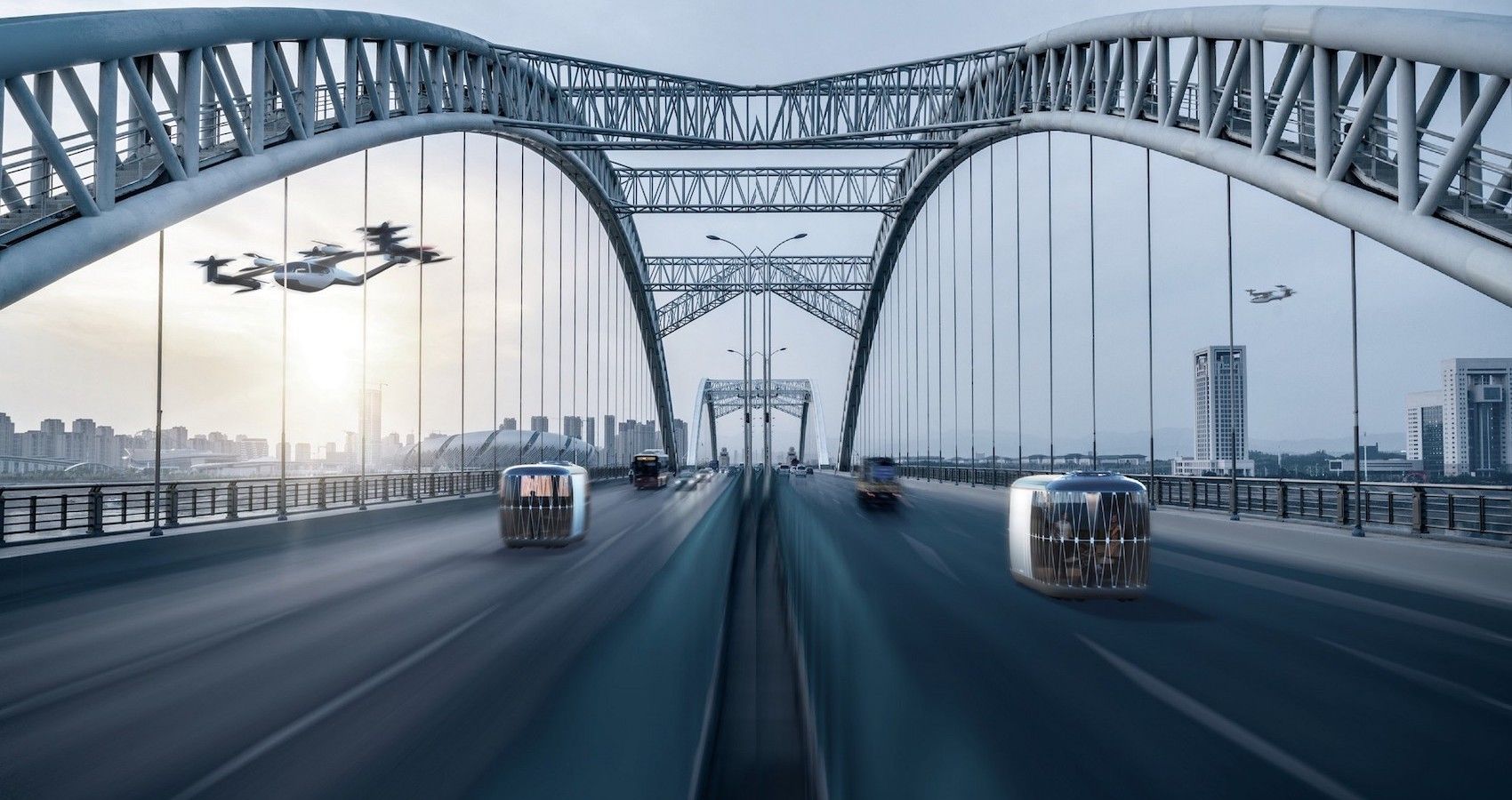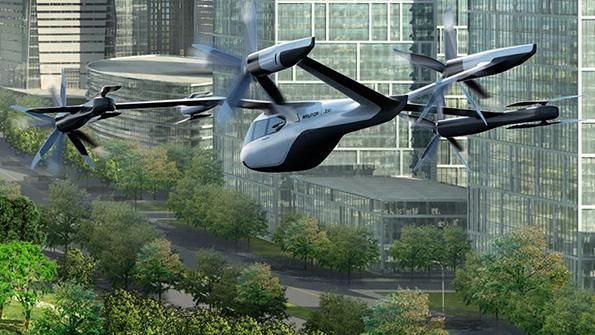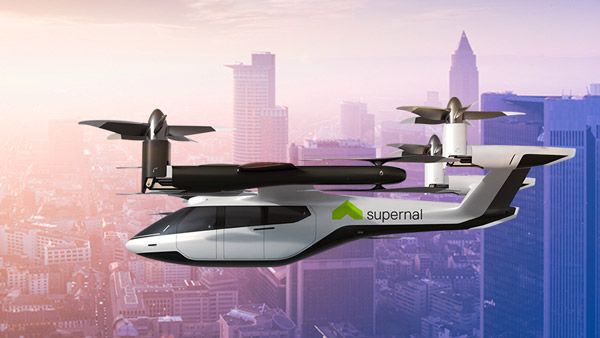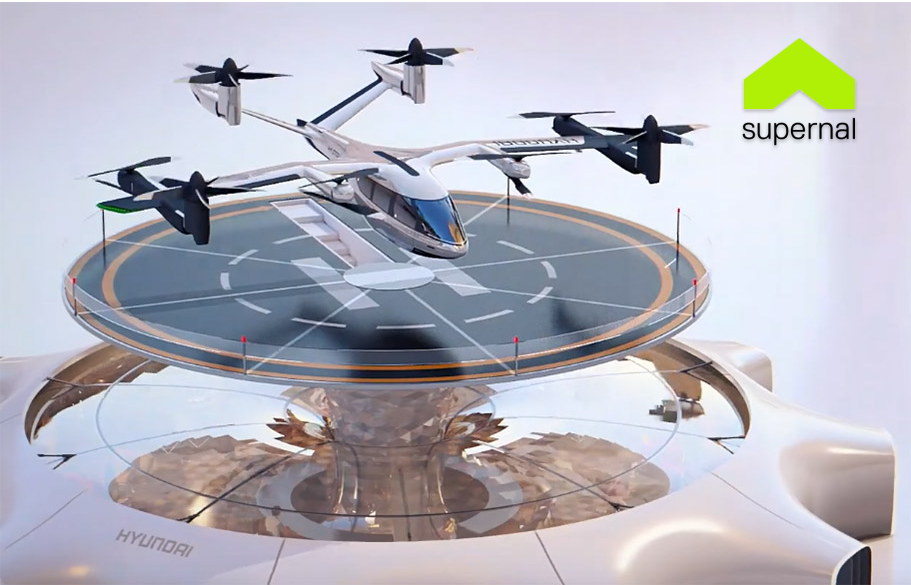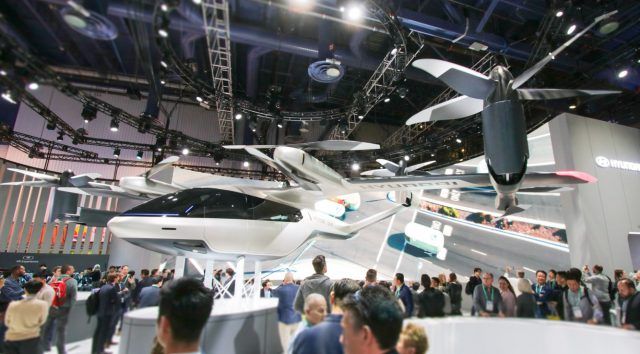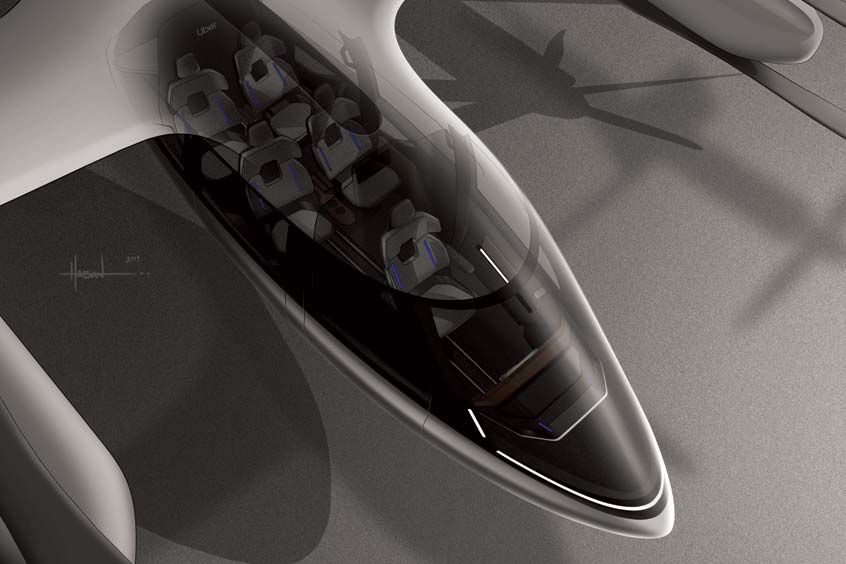Have you heard about Supernal? Supernal is a Hyundai Motor Group-owned advanced air mobility service provider. In other words, Hyundai is moving on up, literally. Did you know that Hyundai launched the Group’s air taxi division in Q4 of 2021, effectively becoming the fourth eVTOL company targeting the Miami commercial hub?
The company, according to Jaiwon Shin, Supernal’s CEO, is looking forward to “co-creating the future of mobility for the city of Miami” responsibly. It seems that the Miami airspace is getting crowded with the new crop of air taxi companies eyeing the Magic City. Hyundai’s Supernal is the latest of such companies to sign an MOU with the City of Miami to carry out a gap analysis of the city's transport system and create an action plan toward integrating Supernal Aero into existing transit services like Metrorail and trains.
Hyundai unveiled Supernal in November last year as a touchstone of its increasing interest in Urban Air Mobility enterprises, demonstrating the company’s aspiration to be part of the future of smart urban mobility. The S-A1 concept is currently the face of Hyundai’s Supernal Aero. Thus, Supernal is fine-tuning and improving on the S-A1 model to be certified by the US regulatory authorities as early as 2024.
Hyundai Is Rethinking Transportation With Supernal Aero
Supernal Aero demonstrates how Hyundai is rethinking transportation from the ground up. The marque’s memorandum of understanding with the City of Miami includes developing policies to enable and advance the service with the Venture Miami office under Mayor Francis Suarez regularly holding working group meetings with business, academic, and community leaders towards that goal.
With Supernal, Hyundai is working on several eVTOLs, with its first commercial flight scheduled for takeoff in 2028 after which the company's operations are expected to expand exponentially based on the market forecast. To a large extent, what happens after the commercial launch depends on the level of public adoption of air taxi services.
Hyundai is banking on a market forecast that sees increased public acceptance as soon as the 2030s.
Prior to the launch of Supernal, Hyundai already announced a Hyundai/Uber partnership to build air taxis on the Uber Elevate aerial ride-share network. The announcement came with the 2020 Consumer Electronics Show (CES) unveiling of the S-A1 eVTOL prototype. The S-A1 is a 5-passenger aircraft, including the pilot, although it is expected all five would be transit passengers as autonomous technology takes shape, allowing the aircraft to travel autonomously.
Hyundai's S-A1 should travel up to 60 miles, cruising at 180 mph, and have a cruising altitude of 1,000-2,000 feet (305-610 meters). The batteries can be fully recharged in five to seven minutes max.
Safety plays a large role in the public adoption of air taxis as a primary means of local transportation. To that effect, Supernal’s S-A1 deploys an array of safety features, such as the distributed electric propulsion (DEP). This feature allows the flight computer to make rapid changes to the speed of the motors, helping to keep the SA-1 horizontal and ensuring smoother handling in turbulent weather conditions.
Also, powering multiple rotors and propellers around the airframe improves maneuverability, increases redundancy, and increases payload capacity. The 8 electric motors are powered by 7 high-density batteries. The aircraft also comes with an emergency parachute as a standard feature.
Besides the safety features, Supernal provides equal attention to passenger comfort, as exemplified by the 2X2 seat layout without a middle row, allowing each passenger to have the “window seat” and enjoy the amazing view from the sky. Plus, the interior offers decent cargo space for passenger luggage. SA-1 takes on an oval shape accentuated with a large sunroof and shod with multiple small hardball-type wheels that are actually tricycle retractable landing gear.
It features an interactive exterior and interior, including interior wall displays and the internet of things for an enhanced passenger experience. Other features include Swarm Intelligence technology, autonomous wireless charging while traveling, an air filter system, and a rooftop solar panel.
From current indications, Supernal Aero will shine in the key areas of safety, affordability, autonomous flight, low-noise, and passenger-centered aircraft design. The company says it is “working with national and international government agencies and specialized engineering firms to ensure our noise profile remains low during flight operations.”
How Supernal Will Impact The Way You Travel
It isn't just Supernal. The emerging eVTOL Industry will not just impact how we travel but radically revolutionalize the future of transportation as spearheaded by smart, modernized air mobility. By deploying a family of electric aircraft, Supernal can get more people to more places through a network of connected ground hubs called vertiports as in ports for vertical takeoff and landing aircraft.
If all works according to plans, you’d be able to board a Supernal eVTOL at your nearest veritport and fly to your next destination. This has the potential to reduce transit times in urban societies drastically. Hyundai's Urban Air Mobility has three broad segments, namely:
- The S-A1 PAV (Personal Air Vehicle)
- The S-Link PBV (Purpose Built ground Vehicle)
- S-Hub and S-Hub Skyport
The S-Hub is a one-story building with a rooftop landing pad and dock stations for the PBVs while the S-Hub Skyport is a multilevel building with a rooftop landing pad, passenger waiting area, and parking for multiple S-A1 eVTOL aircraft. These will provide passenger and aircraft amenities such as indoor transfer protocols, emergency shelters, restrooms, etc.
As mentioned earlier, affordability is one of Supernal Aero’s key selling points. The company's aircraft and Urban Air Mobility program are intentionally designed to provide affordable air transit services to encourage public adoption. To this end, Supernal is "designing for manufacturability using new smart technologies."
To illustrate the impact Supernal can have on communities, the company is taking a people-first approach to service development and delivery, which is why Supernal Aero will utilize an individualized approach in every city. “Our customized plans will honor the needs of diverse communities, build with accessibility in mind and ensure future generations will have access to clean, sustainable transportation solutions,” Supernal says.
Perhaps, the biggest way Supernal will impact the way people travel is its seamless integration of already existing transportation infrastructure to deliver a working intermodal passenger experience. Imagine a multi-modal infrastructure for multiple transit systems in one ecosystem.

